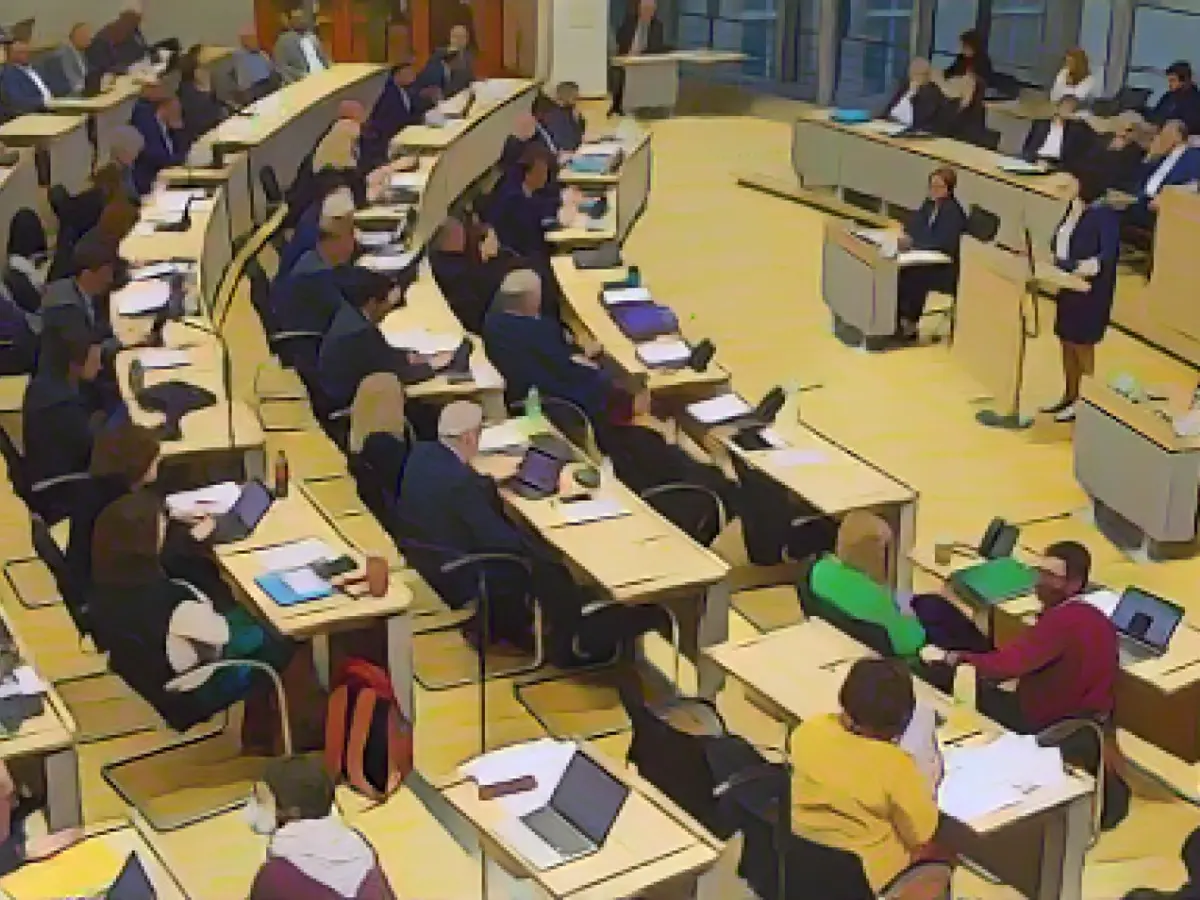EU Members and Parliament Agree on Asylum Overhaul: Pros and Cons Unveiled
The European Union (EU) has reached consensus on an asylum reform package, aiming to draw lessons from the 2015 and 2016 immigration influx and put a stop to human trafficking. The EU Commission President, Ursula von der Leyen, hailed the move as a safeguard for those in need, while the European Parliament President, Roberta Metsola, proclaimed it as the foremost agreement of the legislature regarding a concern shared by EU citizens.
The Controversial Plan and Strong Opposition
The proposed border procedures, designed to prevent migrants with little chance of acceptance from entering the EU, were met with significant opposition, particularly in Germany. The Green Party leadership was under heavy fire due to their approval of the asylum pact. Critics hoped that the European Parliament would address key concerns, but member states prevailed in these battles.
The Necessity and Challenges of the Reform
Federal Foreign Minister Annalena Baerbock (Greens), defending the EU agreement as necessary and long overdue, admitted it represented a compromise. Tough criticism from the left-wing camp accused Europe of bowing down to right-wing populists, stating that the agreement marked the most considerable tightening of EU asylum and migration law since the Union's inception.
Human Rights Concerns and Policy Impact
The reform proposal has sparked mixed feelings among human rights organizations and political parties. Fears of detention-like conditions for migrants at external border camps persist, as these individuals may be sent directly to 'safe third countries.' Countries such as Italy, Austria, and even Tunisia and Albania may fall into this category. This trend has also resulted in tremendous interest in the British pact with Rwanda.
Consequences for Europe's Elections
As the asylum pact nears implementation before the European elections, moderate parties seek to sway the electorate and weaken the support for right-wing populists. However, opinion pollsters anticipate a rightward shift in the voting, necessitating action from the EU to placate its citizens.
The Fine-tuned Asylum Reform
The EU agreement involves amendments to five crucial legislative texts, requiring the joint approval of member states and the Parliament. If negotiations are successful and the boundaries are demarcated as intended, EU authorities will have more control over the inflow of refugees and migrants. Unresolved concerns regarding border procedures and detention-like conditions remain, but the EU's unified stance provides hope for improvement and unity amid the turmoil.
Cautionary Note:
While this article aspires to provide a balanced analysis, it does not warrant endorsement or blame for the aforementioned policies and their potential consequences. The changes are multifaceted, and only time will determine the true magnitude of their impact on Europe's asylum framework, its citizens, and the migrant population.
Enrichment Points:
Combining the base article with insights from the enrichment data, the EU asylum reform package introduces several components, including:
- Streamlined asylum claim examination and decision-making.
- Development of a uniform approval threshold for asylum procedures.
- Addition of biometric details to the Europol database.
- Implementation of Eurodac to include more individuals, with longer data retention.
- Higher standards for asylum seekers' material and reception conditions.
These updates aim to accomplish harmonization and simplification of EU asylum practices. However, critical concerns and disagreements from human rights organizations and left-wing parties continue to crop up, causing the need for careful monitoring and reevaluation.








